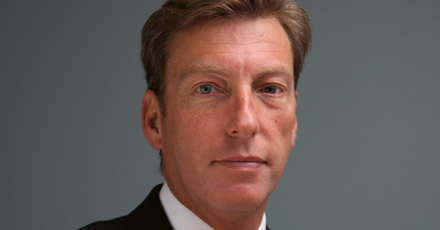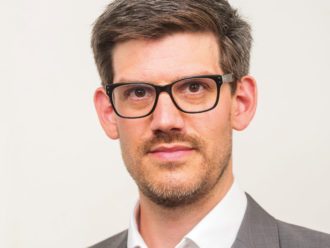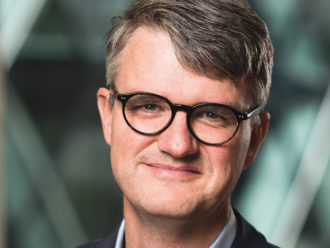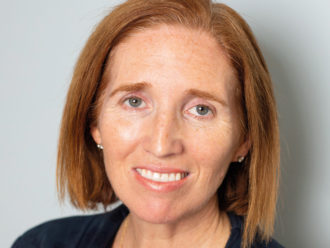Given that the PPF aims to have £32bn under management by 2020, what risks do you envisage impacting on the investment strategy in coming years?
Those figures will depend on a whole range of circumstances. We cannot say that we will definitely have that number because an awful lot of things can influence that figure, but that is the
expectation, let’s put it that way.
The first thing to emphasise here is that we run a low risk portfolio. It is right and proper that we should do that. Our number one objective is to protect peoples’ pensions. By having a large LDI portfolio we have assets that match all of our on-balance sheet liabilities. So for every pensioner that is a member of the PPF we have assets that will pay their pension.
The reason why we take some risk alongside that is to deal with potential off-balance sheet liabilities, so schemes that transfer into the PPF over time. That is where we have to take some risk, but that risk is well defined, well understood and in the context of the size of the fund is relatively low. That is why we organise things in that way.
You have taken some risk, but how have you structured the portfolio to withstand volatility?
We can’t completely insure ourselves against any market event, but we are confident that the portfolio is structured in such a way that we will firstly be able to honour our commitments to our pensioners. And secondly, continue to honour the commitments to schemes that we are insuring that are not on our balance sheet at the moment.
A tangible example of that is when you look at the vote to leave the EU and the influence it had on capital markets in the UK and globally. That didn’t have a particularly damaging effect on our portfolio in the way it may have done for many others. But that happened before I arrived here, so I can’t take any credit.
We are working all the time to anticipate future events and to try and make sure that the portfolio is robust to things that we think may be coming down the track, but we can’t predict everything. There are events that come along which will be a surprise, but we think that the portfolio is structured in such a way that it should be able to deal with those eventualities.
What is the biggest problem facing institutional investors at present?
The concern would be around the prospects for asset returns going forward. We have been through a period of a very healthy performance in almost all asset classes. It is unlikely that we will see that same performance going out into the future across the range of assets that we have experienced it in over the past few years.
That is what challenges me most and will be a challenge for lots of other investors in the next few years.
What alternatives do you have in your portfolio?
We have a large alternative portfolio. We have private equity, alternative credit, real estate and infrastructure as well as farmland and timberland.
Why are alternative assets so important to your strategy?
There are a few reasons. They have attractive characteristics for a long-term investor, such as us. They pay us an illiquidity premium. We believe that returns on these asset classes are higher over the long run than they would be on public assets, because they are illiquid so you have to hold them long term.
Our experience is that those assets have delivered pretty good returns. That longevity fits in with our own approach to investing. We invest for the long term.
On the infrastructure debt side of your portfolio you have interests in big projects such as the London Gateway port and Thames Tideway Tunnel. What else has caught your eye in this space?
The biggest challenge in the infrastructure space is sourcing the assets. There isn’t the availability of assets out there at the moment to satisfy not just our demands but those of other investors too. There was some hope that we might have seen the US’ infrastructure programme enlivened post the last presidential election, but up to this point this hasn’t happened. It is still a hope rather than a reality.




